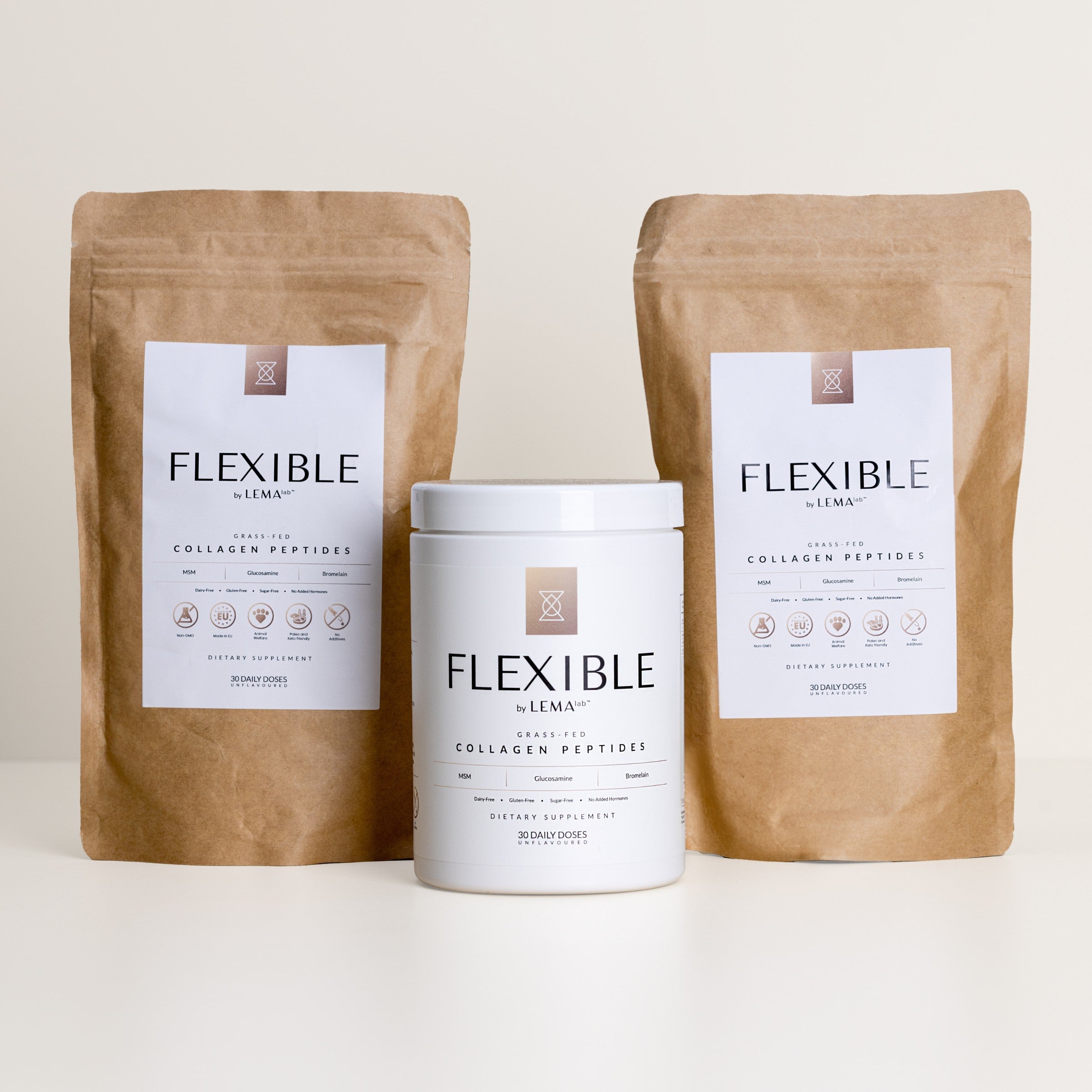
5 STRETCHING MISTAKES THAT MAY HARM YOU
Are you wondering why your flexibility doesn't increase at all even if you are very committed to your stretching regimen? Here are a few common mistakes that may delay you seeing improvements, or may even harm you.

1. BOUNCE WHEN YOU STRETCH
The most common mistake I see among peers or the most inexperienced athletes is bouncing when stretching. The most grotesque example of this is when you see someone throwing his or her limbs in different directions as a pre-workout, rather than warming up or active stretching. It is the best way to shock your body and micro-tear muscle fibres. Apart from the fact that you risk injuring yourself, you are not preparing your body for any physical activity this way. If you are looking for a proper warm-up, this is the wrong strategy. Stop now! It would be safer for you to raise your heartbeat with light cardiovascular activity for 10 to 15 minutes.
Once you reach your maximum extension, your body is in an extreme state, and bouncing poses a risk of injury and should always be controlled. Full range extension must be soft, or your muscles will react by contracting to the threat. Instead, find a way to fatigue the muscles into letting go—see previous post on RFST; Resistance-Flexibility-Strengthening-Techniques—by engaging in active flexibility at a full range of motion, and then go a little further.
2. BE TOO PASSIVE
If you can still talk, laugh, read, or be distracted during a stretching session, you're probably not stretching effectively. Only deliberate stretching will give you tangible results.
I don't regard casual light stretching (i.e., stretching while watching TV or working at the computer) as a method to become more flexible, but merely to relax or heal your body.
If your goal is to improve your flexibility; be committed, concentrate your whole attention and energy on what you are doing with the right intensity, duration and technique.
3. YOU DO NOT STRETCH A SPECIFIC MUSCLE LONG ENOUGH
Regardless of the body part, you should hold a stretch for at least 30 seconds, as this is the minimum time required for the soft tissue to begin to release.
Start slowly and eventually expand to full range and beyond is the key. Again, pulling a muscle for a few seconds won't make you any better at something, apart from risking an injury and creating tension as a protection mechanism.
4. CONFUSE DISCOMFORT WITH PAIN OR VICE VERSA
We all have different pain thresholds, so you will have to get to know yourself enough to be the judge of happy pain versus injury-pain—as described in BODY SMART—and set your limits. When stretching, you should be in considerable discomfort, what I call a happy-pain—not to be confused with an-injury pain. Push your boundaries while staying in a secure space for your body and avoid injuries. Don't be the over-motivated person who's too proud to stop pulling on a screaming hamstring. To be clear: that is not courage, it's nonsense.
5. DEEP STRETCH ON A COLD BODY
This point might seem obvious, but it's frequently overlooked. But then, why do I see so many people arriving late at a dance, karate, gymnastics or whatever class and instead of WARMING UP, they start a passive stretch. Does that remind you of someone?
Raise your heartbeat to at least 130BPM for a minimum of 10 minutes before you pull on any soft tissue! Prioritize active flexibility or RFST to activate your muscles and prepare your body for any physical activity.
These five common mistakes cover everyone's basic information, but it seems like even elite athletes sometimes need a reminder.
Improvements are not only for the best, whether your immediate goal is to touch the floor bending forward or to perform a standing 180-degree split or even a 270-degree passive over-split; the basics are practically the same.














Leave a comment
This site is protected by hCaptcha and the hCaptcha Privacy Policy and Terms of Service apply.